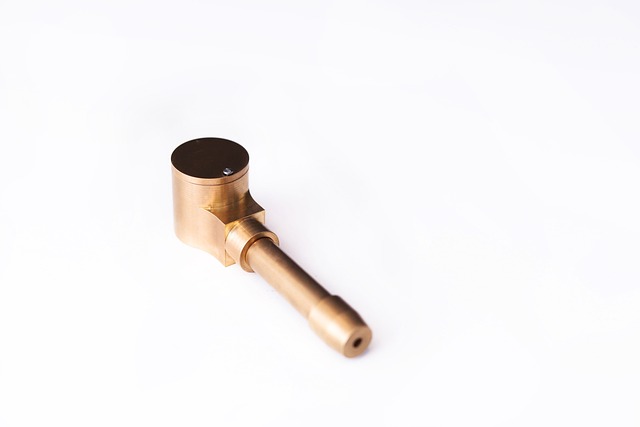Before tackling DIY pipe insulation, assess your pipes' condition and plan your approach. Identify and measure pipes needing insulation, choosing between expanding foam or pre-made sleeves based on complexity. Focus on temperature extremes and condensation/frost to target areas for improved efficiency. Accurately measure and cut insulation jackets to fit securely around pipes, preventing heat loss and water damage.
Looking to tackle that DIY pipe insulation project like a pro? This step-by-step guide breaks down the process into manageable sections. From assessing your pipes and planning your materials to gathering the right tools and safely installing insulation, we’ve got you covered. Whether it’s hot water, cold water, or gas lines, learn how to effectively insulate pipes for energy efficiency and prevent freezing damage. Get started today with our comprehensive DIY pipe insulation guide!
- Assessing Your Pipes and Planning the Insulation
- – Identifying pipes that need insulation
- – Measuring and estimating materials needed
Assessing Your Pipes and Planning the Insulation

Before you start insulating your pipes, it’s crucial to assess their condition and plan accordingly. Begin by identifying the pipes that need insulation—this could include hot water heaters, pipes under sinks, or those in unheated areas like garages or basements. Take note of pipe sizes and materials to ensure you have the right supplies for a DIY pipe insulation project.
Plan your approach based on accessibility. Some pipes might be easy to insulate due to open spaces, while others could be challenging to reach. Consider using expanding foam insulation or pre-made pipe sleeves for straightforward jobs. For complex layouts, measure and mark the pipes for precise cutting of insulation material, ensuring a secure fit that prevents heat loss and water damage.
– Identifying pipes that need insulation

When it comes to DIY pipe insulation, identifying which pipes require attention is the first step. Start by inspecting your home’s piping system, focusing on areas prone to temperature extremes. Cold water pipes, especially those located in uninsulated spaces like basements, attics, or outside walls, are prime candidates for insulation. Hot water pipes also deserve consideration, particularly if they run along exterior walls or through attic spaces, as heat loss can be significant. Look out for signs of condensation or frost on pipes, as these indicate insufficient insulation. Remember, the goal is to prevent heat loss in cold climates and heat gain in warm environments, ensuring optimal efficiency for your plumbing system.
– Measuring and estimating materials needed

Before starting your DIY pipe insulation project, accurate measurement and material estimation are crucial steps to ensure success. Begin by assessing the length of pipes that require insulation. Use a measuring tape to take precise measurements, considering any bends or curves in the piping system. This data will help you determine how much pipe insulation material you’ll need.
Next, calculate the amount of foam insulation required based on the pipe diameter and the recommended coverage indicated by the manufacturer. Remember to account for wastage during installation. Additionally, measure and cut the insulation jackets to fit around the pipes securely. Proper estimation ensures you have enough materials on hand, avoiding unnecessary trips to the store in the middle of your project.
Insulating your pipes is a straightforward DIY project that can save you money on energy bills and prevent costly repairs. By following these simple steps, from assessing your pipes to planning and installation, you can efficiently insulate your pipes like a pro. Remember, proper insulation isn’t just about keeping the heat in; it’s also about maintaining the integrity of your plumbing system for years to come. So, roll up your sleeves, gather your supplies, and get ready to transform your DIY skills with effective pipe insulation!
